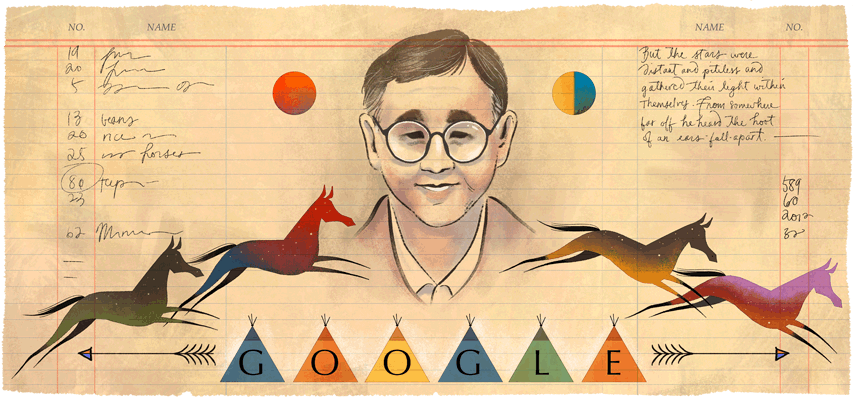
In honor of Native American Heritage month, Google Doodle celebrated Blackfeet writer and long-time Missoulian, James Welch's 76th birthday. Check out the doodle by Sophie Diao here. Missoula's museums and galleries are full of work by influential leaders like Welch. Check out this list of Google Doodle-worthy facts about this beloved Missoulian.
Jim Welch is recognized as a leader in what is known as the Native American literary renaissance in the 1970s, along with Leslie Silko, Louise Erdich, N. Scott Momaday, Simon Ortiz, and Joy Harjo, among others.
Contemporary Native American writers Sherman Alexie and Debra Magpie Earling site Welch as a critical influence to their own literary careers.
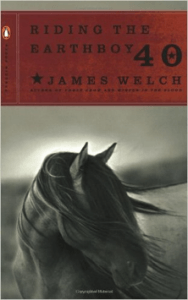
Best known as a novelist, Welch's first book was a volume of poems "Riding the Earthboy 40." Earthboy is a Native American family name that makes an appearance in his poetry and first novel. Acreage was named after the family on the Browning reservation. Welch kept a photograph of the gravestone bearing the name in his personal study.
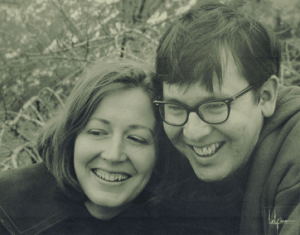
In 1968, James Welch married Lois Monk, a comparative literature professor at the University of Montana. She was head of the English Department there until her retirement. During her sabbaticals, they traveled internationally and lived in France, Greece, Italy, and Mexico. Lois is currently writing a memoir about their years together, which she lovingly refers to as her "Jimoir."
His novel "Fools Crow" was included as part of an interactive map of the Montana Author's Project, which helps visitors find actual places mentioned in literary works of Montana. You can find the places he wrote about here.
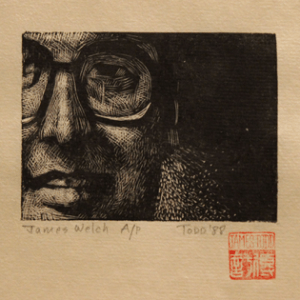
A 1988 wood engraving of James Welch by James G. Todd provided by Radius Gallery in Missoula.
Jim was first a student of and then a very good friend with another notable Missoulian writer, Richard Hugo. Both had their portraits and writings included in the first anthology of Montana literature The Last Best Place (1988), a title which solidified the term to describe Montana.
Missoulian artists and internationally recognized wood-engraver James G. Todd did start wood engravings of both authors, and 13 others, for the anthology.
In 2000, Musical composer Wayne Horvitz composed an oratorio for four voices and 10 chamber instruments based on James Welch’s novel, “The Heartsong of Charging Elk.”
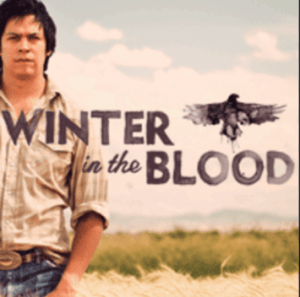
Welch's first novel "Winter in the Blood" was adapted into a feature film and produced by Native American author, Sherman Alexie in 2012. The film was the Official Selection in 2013 of the Los Angeles, Austin, and American Indian film festivals.
Their collaborations included the Emmy Award-winning documentary Last Stand at Little Big Horn shown as part of the American Experience, shown on PBS. They also wrote the history book, Killing Custer: The Battle of Little Bighorn and the Fate of the Plains Indians (1994).